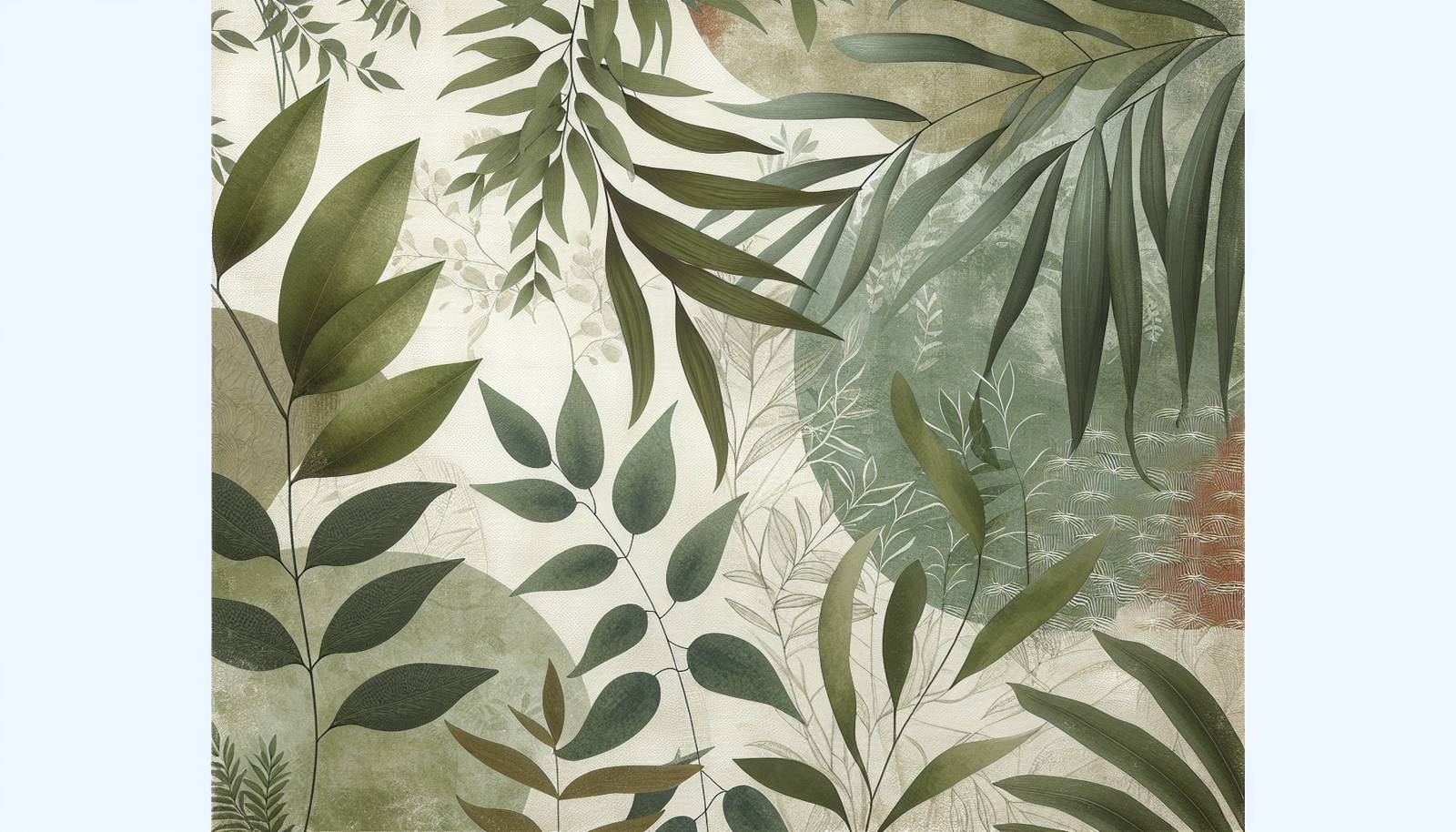
FAQ About Indoor Plant Acid-Loving Varieties and Care

What are acid-loving indoor plants?
Acid-loving indoor plants are species that thrive in soil with a lower pH level, typically between 4.5 and 6.0. These plants have adapted to environments where the soil is naturally acidic, allowing them to absorb nutrients more efficiently in such conditions.

Why should I choose acid-loving plants for indoor spaces?
Choosing acid-loving plants for indoor spaces can enhance your home with unique greenery and help maintain a balanced ecosystem of plant types inside. These plants often have distinctively vibrant foliage and can contribute to the aesthetic and health benefits of indoor gardening.

Which are common indoor plants that prefer acidic soil?
Common acid-loving indoor plants include Gardenias, Azaleas, African Violets, and Peace Lilies. Each of these plants thrives in acidic soil and offers unique foliage or flowering characteristics suitable for indoor decor.

What is the best soil preparation for acid-loving plants?
To prepare suitable soil for acid-loving plants, mix equal parts of peat moss, pine needles, and perlite. This combination creates an acidic environment while ensuring good drainage and aeration, essential for healthy plant growth.

How often should I water acid-loving indoor plants?
Watering frequency depends on the specific plant species, but generally, acid-loving indoor plants prefer moist but well-drained soil. Avoid waterlogging by allowing the top inch of soil to dry out between waterings.

Can I use regular potting soil for acid-loving plants?
While regular potting soil can be used, it's often not ideal for acid-loving plants due to its neutral pH. To achieve the necessary acidity, consider amending potting soil with components like peat moss or sulfur-based fertilizers.

How can I increase the acidity in my plant soil?
To increase soil acidity, you can add organic matter such as pine needles, peat moss, or coffee grounds. Additionally, sulfur or iron sulfate can be used as a more direct method to lower the pH level of the soil.

Are acidic fertilizer options available for indoor plants?
Yes, there are specialized acidic fertilizers available that can be beneficial for acid-loving indoor plants. These fertilizers typically have lower pH and often contain ingredients like ammonium sulfate or sulfur-coated urea to help maintain or adjust soil acidity levels.

What are the light requirements for acid-loving indoor plants?
Light requirements can vary among acid-loving plants. For example, African Violets prefer bright, indirect light, while Peace Lilies tolerate low light conditions. It's essential to tailor light exposure according to the specific needs of each plant species.

Do acid-loving indoor plants improve indoor air quality?
Yes, many acid-loving plants like Peace Lilies are known to help improve indoor air quality by filtering pollutants. Incorporating these plants into your home can contribute to a healthier indoor environment.

What common problems should I look out for with acid-loving plants?
Some common problems with acid-loving plants include root rot from overwatering, yellowing leaves from insufficient acidity in the soil, and leaf drop due to inadequate light. Regular monitoring and adjustments can help mitigate these issues.

Can I propagate acid-loving plants at home?
Yes, many acid-loving indoor plants can be propagated through cuttings or division. For instance, African Violets propagate well from leaf cuttings, while Peace Lilies can be divided at the root base to create new plants.

How do I know if my soil is too acidic for an indoor plant?
You can test soil acidity with a pH meter or a soil test kit available at garden centers. If the pH is below 4.5, it may be too acidic, and adjustments such as adding lime could be necessary to raise the pH to the ideal range for the specific plant.

What are signs that an indoor plant is not getting enough acidity?
Signs that an indoor plant isn't receiving adequate acidity include yellowing leaves, stunted growth, leaf drop, and poor flowering. Ensuring the soil pH is within the recommended range can enhance plant health and vitality.

Are there any indoor plant varieties that do well in both acidic and non-acidic soil?
Some versatile plants, like certain types of Begonias or Ferns, can adapt to a range of soil types, performing well in both acidic and moderately neutral soils.

How can I make my own acidic potting mix?
To create your own acidic potting mix, combine components like sphagnum peat moss, pine bark, and sand or perlite. Adjust the proportions based on the specific acidity requirements of the plant you're intending to pot.

Do acidic indoor plants require any special pest management?
Acid-loving indoor plants can be susceptible to common indoor pests like aphids and spider mites. Regularly inspecting plants and maintaining proper humidity can reduce pest outbreaks, while insecticidal soap can be used for treatment if needed.

What aesthetic benefits do acid-loving plants offer for home decor?
Acid-loving plants often feature diverse foliage colors, unique leaf patterns, and sometimes fragrant blooms, making them excellent choices for adding variety and beauty to home decor. They can serve as focal points or complementary elements in various interior styles.

Are there any common misconceptions about growing acid-loving plants indoors?
A common misconception is that acid-loving plants require constant high humidity or exotic care routines. While they prefer acidic conditions, many of these plants have simple care needs, similar to other common houseplants, making them easier to accommodate indoors than some may believe.

What tools are useful for maintaining the right acidity for indoor plants?
Useful tools for maintaining the right acidity include a pH meter for accurate soil testing, watering cans with precision spouts to avoid overwatering, and proper fertilizers tailored for acid-loving plants to ensure consistent nutrient availability.
